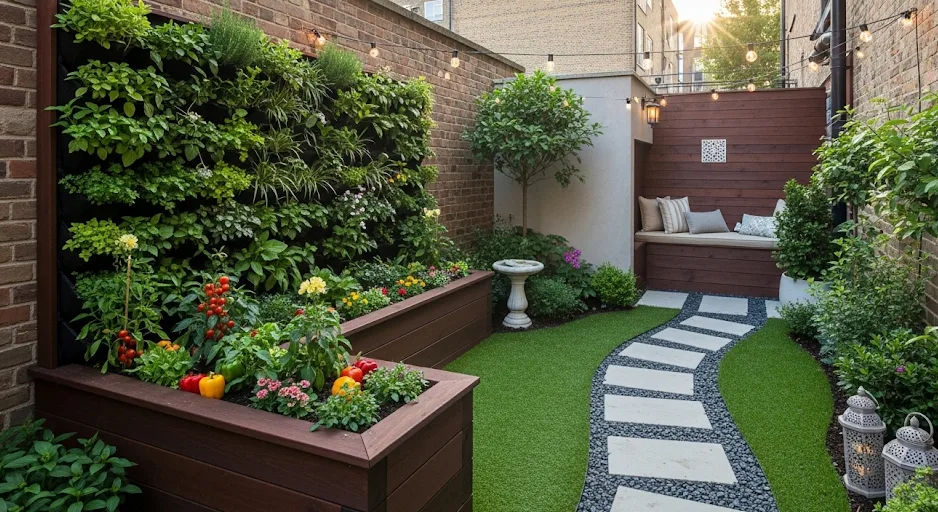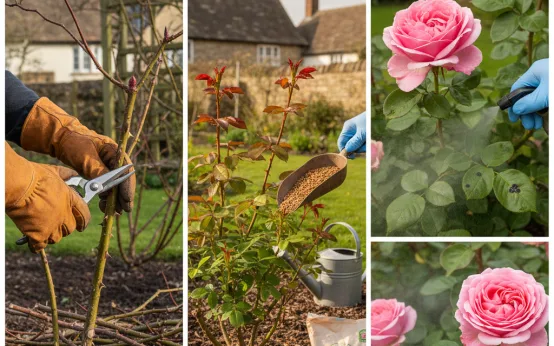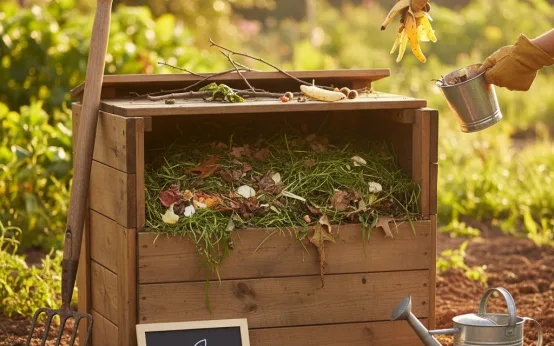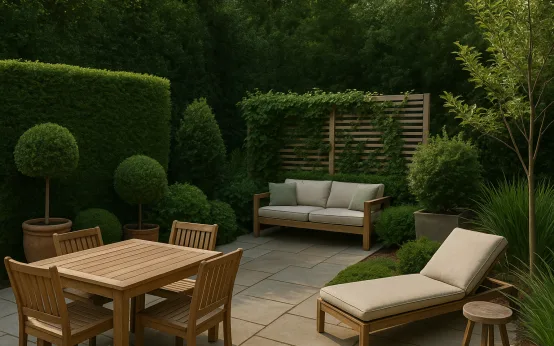
Not every home in the UK comes with a large garden, yet smaller outdoor spaces can be just as rewarding when designed thoughtfully. With the right ideas, even a courtyard, terrace, or balcony can become a green oasis. The key lies in making smart choices about layout, planting, and features, ensuring that every inch of space contributes to both function and beauty.
Why Small Gardens Can Be Special
Small gardens often feel more intimate than larger ones. Their scale allows for cosiness, making them ideal for relaxation or entertaining close friends. They are also easier to maintain, requiring less time and fewer resources while still delivering impact. In urban areas, where outdoor space is limited, a well-planned small garden becomes an extension of the home, blurring the line between indoor and outdoor living.
The challenge lies in avoiding clutter. Too many plants, ornaments, or furniture pieces can overwhelm a small garden, making it feel crowded rather than inviting. By focusing on simplicity and balance, you can create a sense of openness even in tight areas.
Clever Layouts and Features
Designing for small gardens means thinking vertically as well as horizontally. Using walls and fences for climbers or hanging pots adds greenery without taking up ground space. Built-in seating or raised planters double as storage while keeping the layout neat. Choosing foldable or slimline furniture allows flexibility, especially when entertaining.
Another effective strategy is zoning. Dividing the space into clear areas — such as a small dining corner, a flower bed, or a spot for potted herbs — creates order and makes the garden feel larger. Paths and paving laid diagonally can also trick the eye, giving the illusion of greater depth. Mirrors, when placed carefully, reflect light and greenery, further expanding the sense of space.
Plants That Work Well in Small Gardens
When space is limited, every plant counts. It is best to choose species that provide multiple benefits, whether through long flowering periods, evergreen foliage, or scent. Among the most reliable options for compact spaces are:
- Lavender: Provides fragrance, colour, and pollinator appeal.
- Boxwood: Compact shrubs ideal for structure and edging.
- Clematis: A climber that adds vertical interest with colourful blooms.
- Herbs like rosemary and thyme: Attractive, fragrant, and useful in the kitchen.
- Dwarf fruit trees: Offer blossom in spring and harvests in summer and autumn.
Container planting is another excellent approach. Pots can be moved around to suit the season or rearranged to refresh the design. By mixing textures, leaf shapes, and colours, you can create variety without overcrowding the garden.
Creating Atmosphere in Small Spaces
The success of a small garden lies not just in clever design but also in atmosphere. Lighting plays a huge role: string lights, lanterns, or solar stakes make even the tiniest garden inviting after dark. A small water feature adds sound and movement, bringing calm without taking up much space. Choosing a restrained colour palette for furniture and décor helps tie everything together, ensuring the garden feels cohesive rather than chaotic.
Above all, a small garden should reflect your lifestyle. For some, that means a tranquil retreat filled with scent and soft colours; for others, it might be a lively space with bold planting and room for social gatherings. With creativity and a clear plan, limited space can become an asset rather than a restriction, transforming into a garden that is personal, practical, and full of character.

 Rose Garden Care: Pruning, Fertilizing, and Disease Prevention
Rose Garden Care: Pruning, Fertilizing, and Disease Prevention  How to Start Composting: A Beginner’s Guide
How to Start Composting: A Beginner’s Guide  Creating Outdoor Room Divisions with Plants
Creating Outdoor Room Divisions with Plants